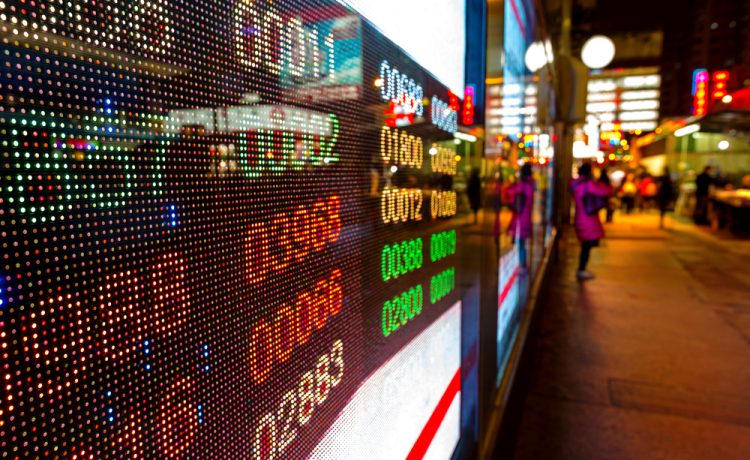US futures slipped between red and green after technology shares helped the S&P 500 index to close at a more than six-week high
Stocks in Asia were steady Friday as investors weighed the resilience of the global economic recovery to risks from tightening Federal Reserve monetary policy and Russia’s military campaign in Ukraine.
Japanese, Chinese and Hong Kong equities fluctuated in relatively narrow ranges. US futures slipped between red and green after technology shares helped the S&P 500 index to close at a more than six-week high.
Treasuries held losses, leaving the US 10-year yield in the vicinity of levels last seen in 2019. Oil retreated as European Union leaders refrained from fresh steps to cut imports of Russian crude.
Investors are continuing to grapple with the ramifications of Russia’s invasion and isolation, including elevated raw-material costs that have stoked expectations of higher inflation and more aggressive Fed interest-rate hikes.
The yen snapped a prolonged drop against the dollar spurred partly by the monetary-policy divergence between the U.S. and a still-dovish Japan. The yen could yet weaken further to lows from 1990, according to Societe Generale SA strategist Albert Edwards. A gauge of the dollar declined.
Global shares are set for their first consecutive weekly gains in 2022, suggesting equity investors foresee economic growth weathering the conflict, high inflation and the Fed’s campaign against price pressures.
But key parts of the U.S. Treasury yield curve continue to flatten or are inverted. That’s stirring debate as to whether the bond market is flagging a steep economic slowdown or even a recession ahead.
The Fed’s steps to contain inflation are ‘what ultimately will drive a more aggressive inversion of the curve, which we think is coming quite quickly,’ Gene Tannuzzo, global head of fixed income at Columbia Threadneedle Investments, said on Bloomberg Television.
That doesn’t necessarily signal a recession, he added, since this is a very different cycle and the first one in over 30 years where the Fed is playing catch-up to inflation.
The latest U.S. data showed applications for U.S. state unemployment insurance fell last week to the lowest since 1969, while a measure for business activity advanced to an eight-month high in early March.
Chicago Fed President Charles Evans said Thursday he’s ‘comfortable’ with raising rates in quarter-point increments, while being ‘open’ to a 50 basis-point move if needed. The U.S. central bank raised the benchmark rate a quarter point last week, the first increase since 2018.
The yield on the two-year Treasury note is on course for the biggest quarterly advance since 1984, an example of steep recent losses in bond markets.





